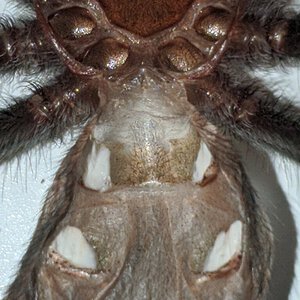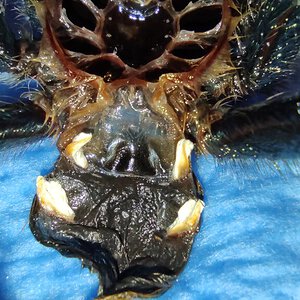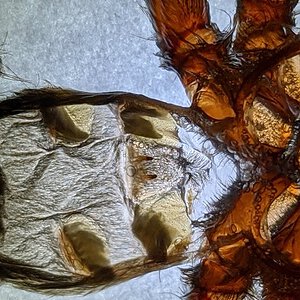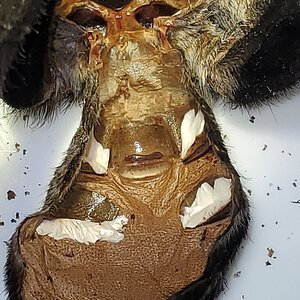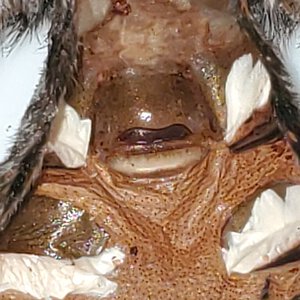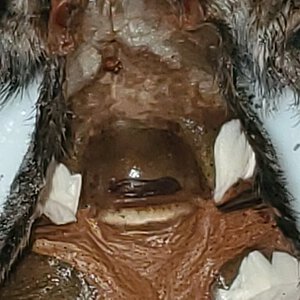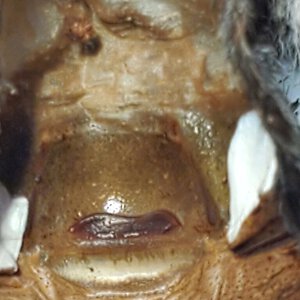Media information
- Category
- Spermathecae sexing (Molts)
- Added by
- deadfeds
- Date added
- View count
- 451
- Comment count
- 7
- Rating
- 0.00 star(s) 0 ratings
Image metadata
- Device
- samsung SM-N975U
- Aperture
- ƒ/2.4
- Focal length
- 4.3 mm
- Exposure time
- 1/431
- ISO
- 50
- Filename
- 20200728_213828.jpg
- File size
- 1.6 MB
- Date taken
- Tue, 28 July 2020 9:38 PM
- Dimensions
- 4032px x 3024px

